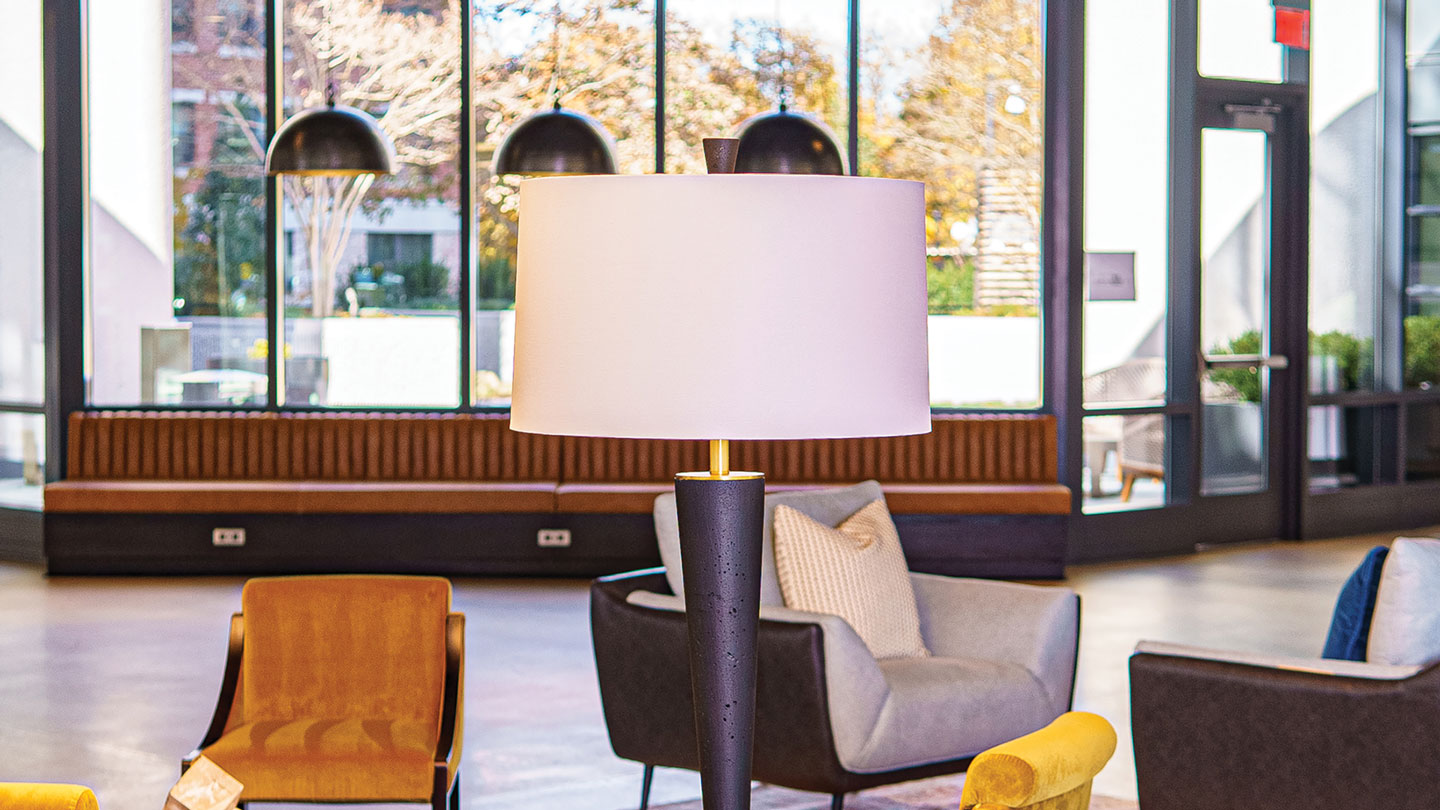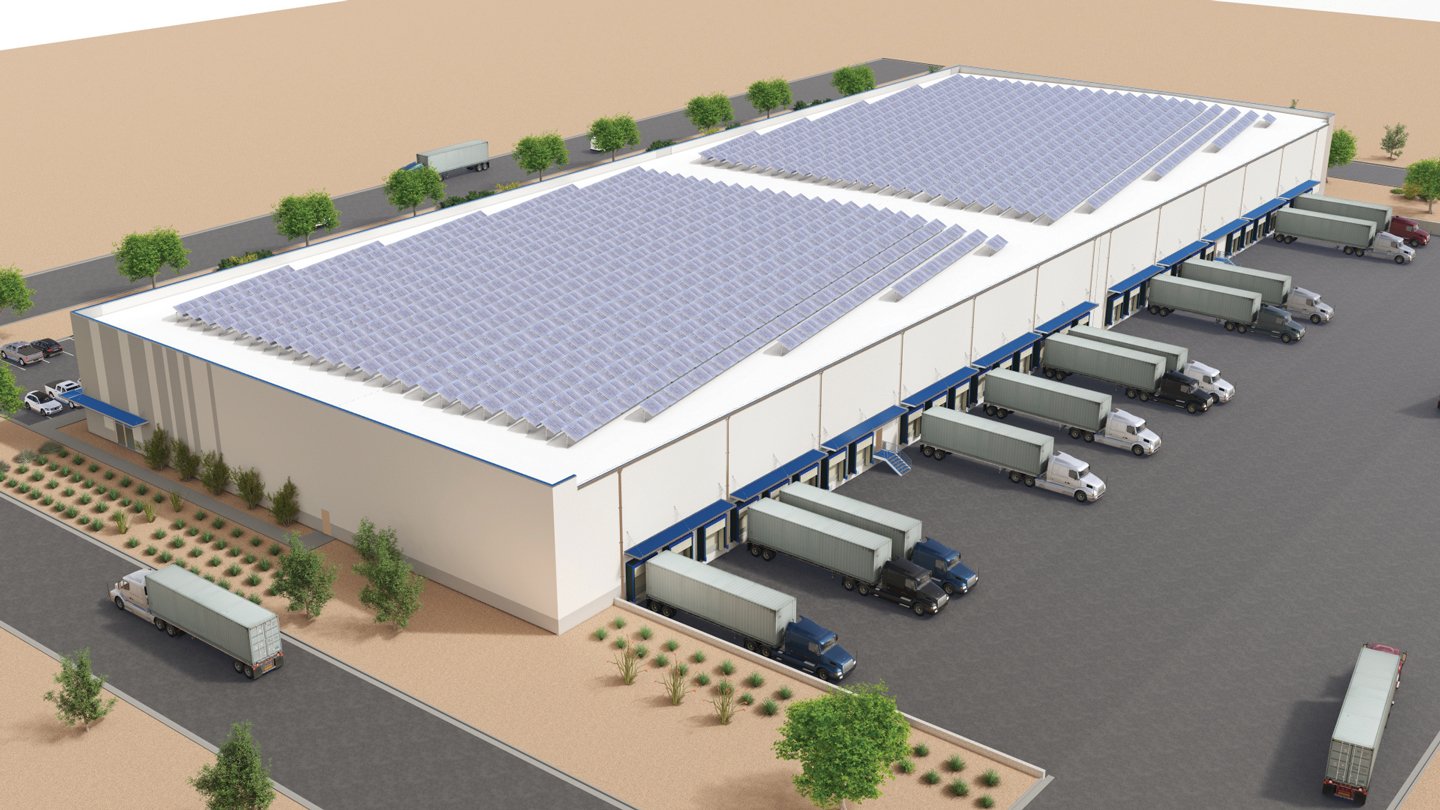
From Central Business Districts to Central Activity Districts
With the right incentives, office conversions can help breathe new life into downtowns.
No consensus on the future of the office market exists, but it is widely acknowledged that the sector faces historic challenges. Although there were signs of oversupply years ago, robust job growth and local market dynamics tended to compensate for those trends. At the end of the fourth quarter of 2019, before the onset of the pandemic, the vacancy rate was 9.5%, net absorption for the quarter was positive 12.5 million square feet, and space available for sublet stood at 120 million square feet, according to CoStar. In the second quarter of 2021, when the pandemic had begun to wane, these statistics were 11.9%, negative 13.8 million square feet, and 203 million square feet, respectively. During the next two years, employment growth was very strong. However, by the second quarter of 2023, vacancies were up to 13.1%, absorption for the quarter was negative 13.4 million square feet, and available sublet space had ballooned to 263 million square feet. The long-standing belief in employment growth as the best indicator of office demand and net absorption had disappeared.

Relevant Research: See the NAIOP Research Foundation report “Hybrid Work and the Future of Office: Adapting to a New Paradigm in Occupier Demand” by Emil Malizia, Ph.D., CRE; Shawn Moura, Ph.D.; Dustin C. Read, Ph.D./J.D.; Jessica Morin; and Julie Whelan.
Many analysts have pointed to hybrid work as the proximate cause. The NAIOP Research Foundation published “Hybrid Work and the Future of Office: Adapting to a New Paradigm in Occupier Demand” in August and found that although the expansion of hybrid work schedules has accelerated a decline in the amount of occupied office space per worker, there is greater demand for shared meeting and coworking space to accommodate more employees on busier days. Additionally, occupiers are trading quantity for quality, preferring smaller office footprints in conveniently located modern buildings with amenities that will draw workers to the office and improve productivity. Although many office users have not finalized or fully implemented plans for future space use, many Class B and C office buildings may be unable to regain tenants.
What’s Old Is New Again
One recommendation for repurposing empty office buildings is conversion to multifamily uses. Office-to-multifamily conversions are not new and have been taking place with varied success for decades. One recent example of a pre-pandemic conversion is Franklin Tower in Center City Philadelphia. The 1970s-era North American headquarters for GlaxoSmithKline was successfully converted to 549 apartment units in 2019.
As for the number of recent conversions to multifamily, the results for 2020-22 are modest. About 900,000 units of multifamily housing (including conversions) were built during those three years. Only 35,000 units came from conversions of CRE buildings, or about 4%. According to Yardi Matrix, which has the most in-depth data on conversions to multifamily, about 122,000 units are expected to be converted and added to the market in the next few years, or 3.5 times the 2020-22 amount. Los Angeles (4,566 units), New York City (3,987 units) and Chicago (3,519 units) are expected to have the largest number of conversions.
What to Look For
Adaptive reuse projects such as office-to-multifamily conversions have many advantages compared with new construction. Conversion projects are about 15%-30% less expensive (per unit) than demolishing and rebuilding. Less time is needed to achieve stabilized occupancy, including the construction period. For downtown projects, existing zoning often permits conversion by right. Both the shorter development period and entitlement by right lower project risk significantly. Finally, adaptive reuse projects have fewer negative environmental impacts compared with new development (especially when demolition is required).

Relevant Research: See the NAIOP Research Foundation report “New Uses for Office Buildings: Life Science, Medical and Multifamily Conversions” by Emil Malizia, Ph.D., CRE
For low-rise buildings in suburban areas, the most important feature is a building width of 60-70 feet. These buildings can provide nicely shaped and sized units along a double-loaded corridor. For high-rise buildings in cities, the key features for efficient conversions are small floor plates (less than 20,000 square feet) and centrally located cores to accommodate elevators, stairwells and trash chutes. Other attractive high-rise building features include notable architecture, working windows, siting with natural light penetration on all sides, and underground or adjacent structured parking. Location near public transit and in a vibrant center is an additional asset.
Occupied buildings can present complications, but there are different ways to approach project initiation. One option is to wait until the building is completely vacant before starting. If the start date is flexible, this is the simplest way to proceed. When market or financial factors influence timing, construction can begin with tenants in the building. This situation usually requires major after-hours construction work, say from 7 p.m. until 7 a.m. Construction workers receive higher compensation when working such hours, which increases project costs. Alternatively, tenants can be moved to equivalent nearby space. This option is frequently feasible because distressed office properties in urban areas are in the same subareas, and nearby vacant or sublet space is often readily available. Another option is to buy out existing leases to vacate office space, which can be costly and is thereby the least desirable.
Incentives and Zoning Changes
Cities, both large and small, are addressing the underutilization of office space in their jurisdictions as the prospect looms of offices becoming tax-delinquent properties. Municipalities are increasingly offering incentives tied to rezoning, approvals, affordable housing, tax rebates and environmental sustainability. Such supply-side incentives will be necessary because very few buildings will be financially feasible to convert, even if office buildings are offered at steeply discounted prices.
More holistic approaches involve finding ways to transition from urban amenities that serve daytime office workers and tourists to amenities that primarily serve households of varying types, sizes and incomes. Crises often present opportunities, and the office conundrum could provide much-needed housing and a new approach to urban development. Over the long term, central business districts can become vibrant activity districts that are dense, diverse, connected and walkable centers accommodating workers, visitors and many more residents.
Emil Malizia, Ph.D., CRE, is a NAIOP Distinguished Fellow and a research professor at the University of North Carolina at Chapel Hill.
A NAIOP Research Foundation Appreciation: Skip Kalb For many years, “Thanks, Skip!” has been a common refrain around NAIOP. This is because Skip has always generously offered his time, enthusiasm and wisdom. He is a longtime supporter of the NAIOP Research Foundation and has helped it grow and succeed, especially during the past five years. All of us at the Research Foundation wish to express our gratitude for his support during his tenure as chair of the foundation’s Board of Trustees, which ends this year. He joined as the 49th governor in 2015 and since then has led the research committee and the Industry Trends Task Force, mentored Visionaries and joined the Trustees, assuming the role of chair in 2022. His commitment to service, combined with humility, intelligence and wit, has made him a pleasure to work with. As his term comes to a close, we want to say a big “Thanks, Skip!” |
RELATED ARTICLES YOU MAY LIKE

Revitalization and Revenue: Office Conversions as a Way to Rebuild Cities
It’s not a panacea, but reuse can inject life into business districts.
Read More
Facility Managers Must Prepare for an All-Electric Future
Before that, many commercial buildings could benefit from hybrid electrification.
Read More
Developers Can Cash Out Tax Credits for Renewable Improvements
A major change to the tax code could greatly incentivize green construction in commercial real estate.
Read More



